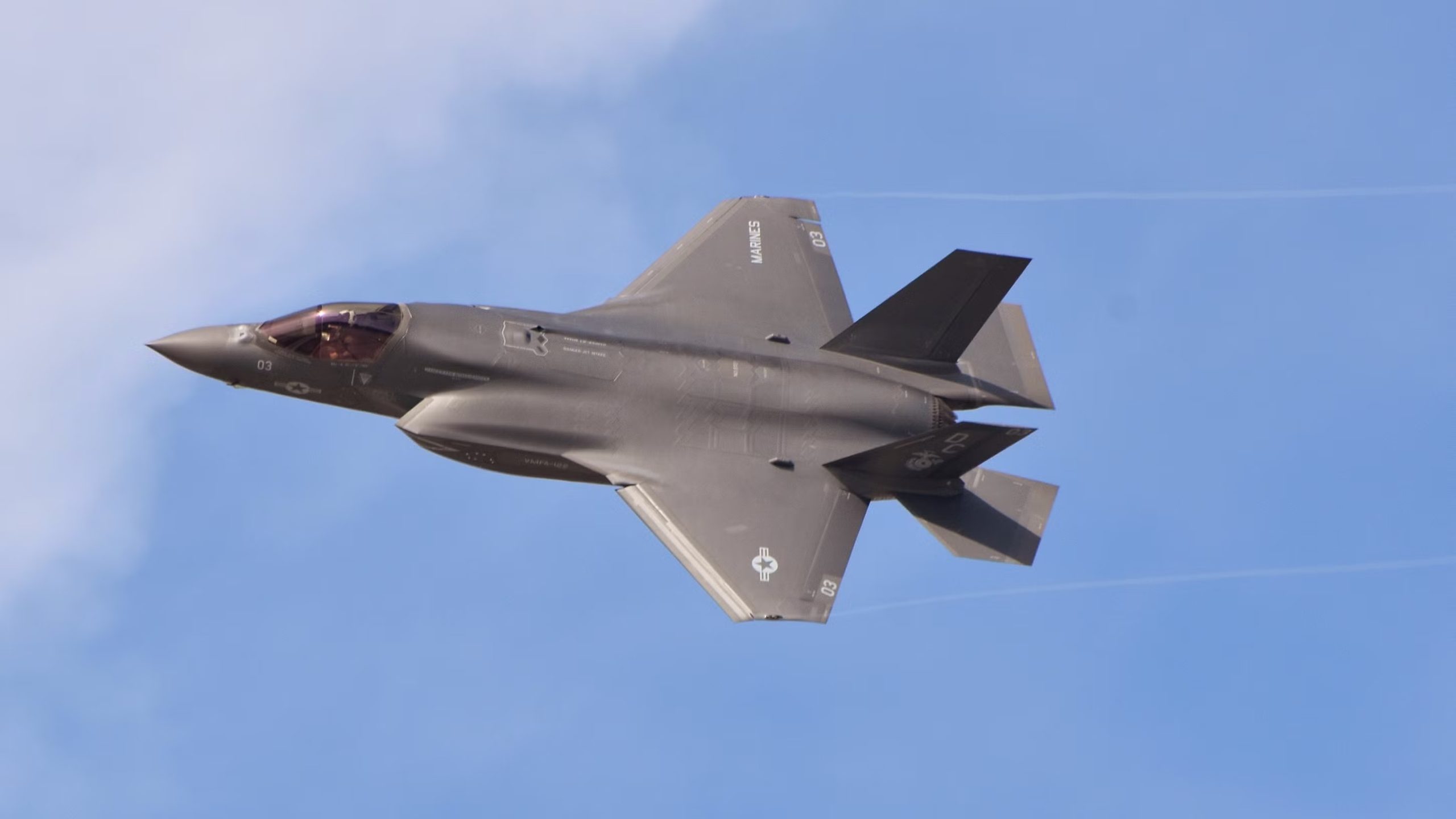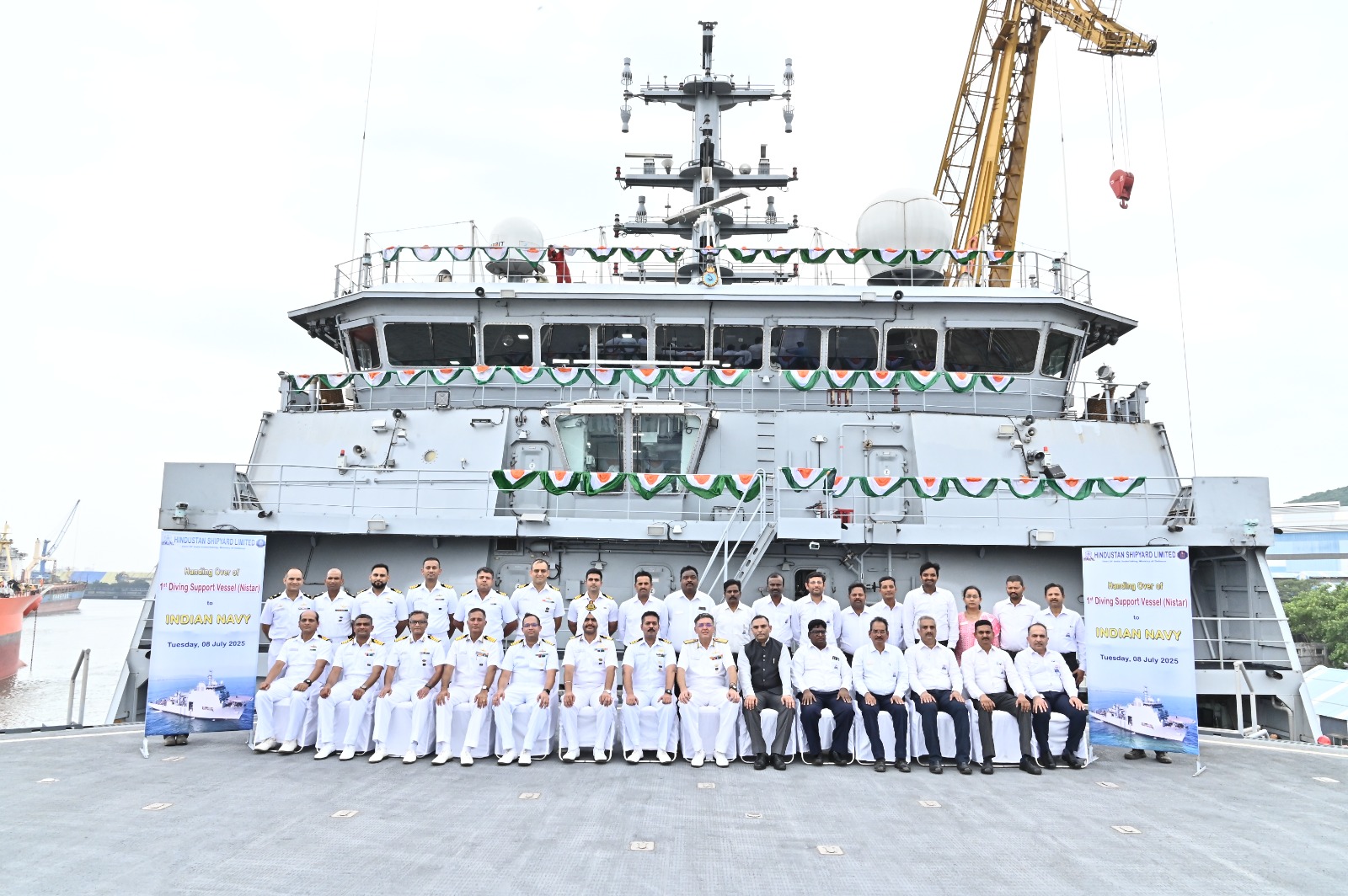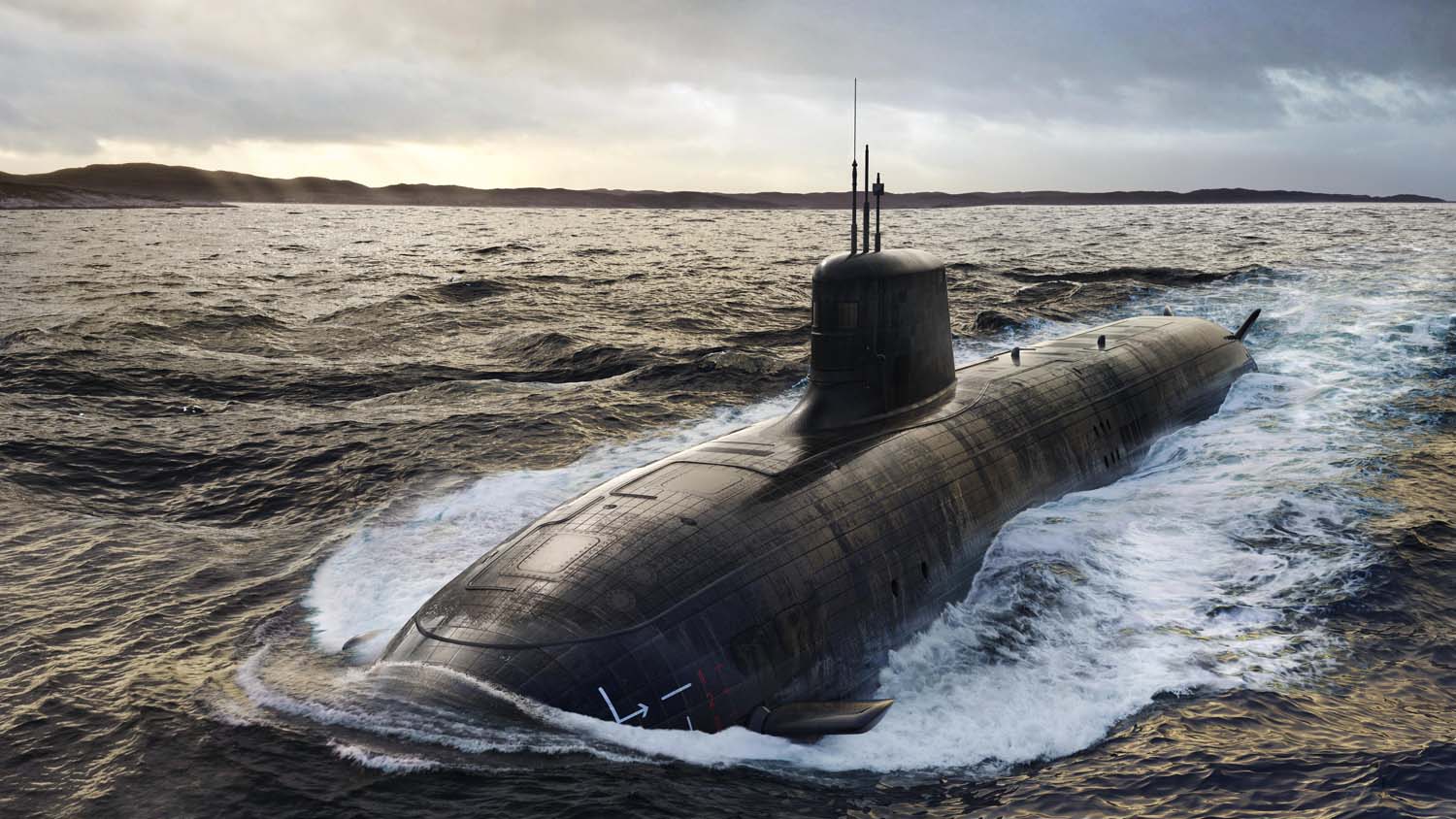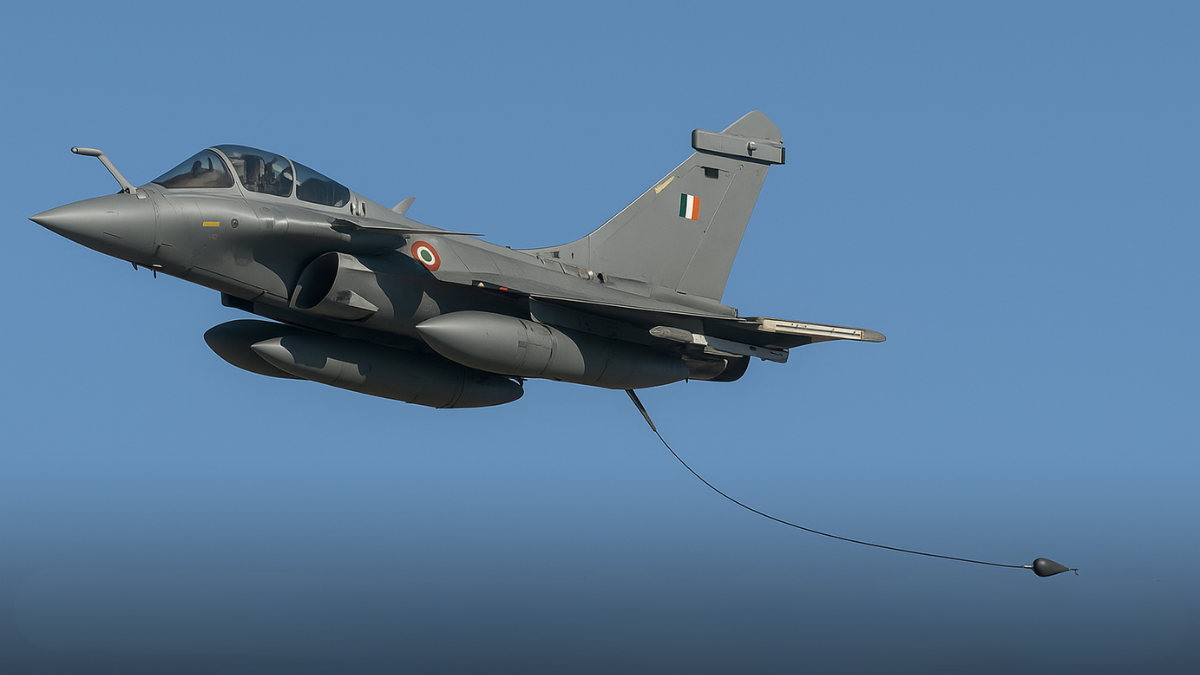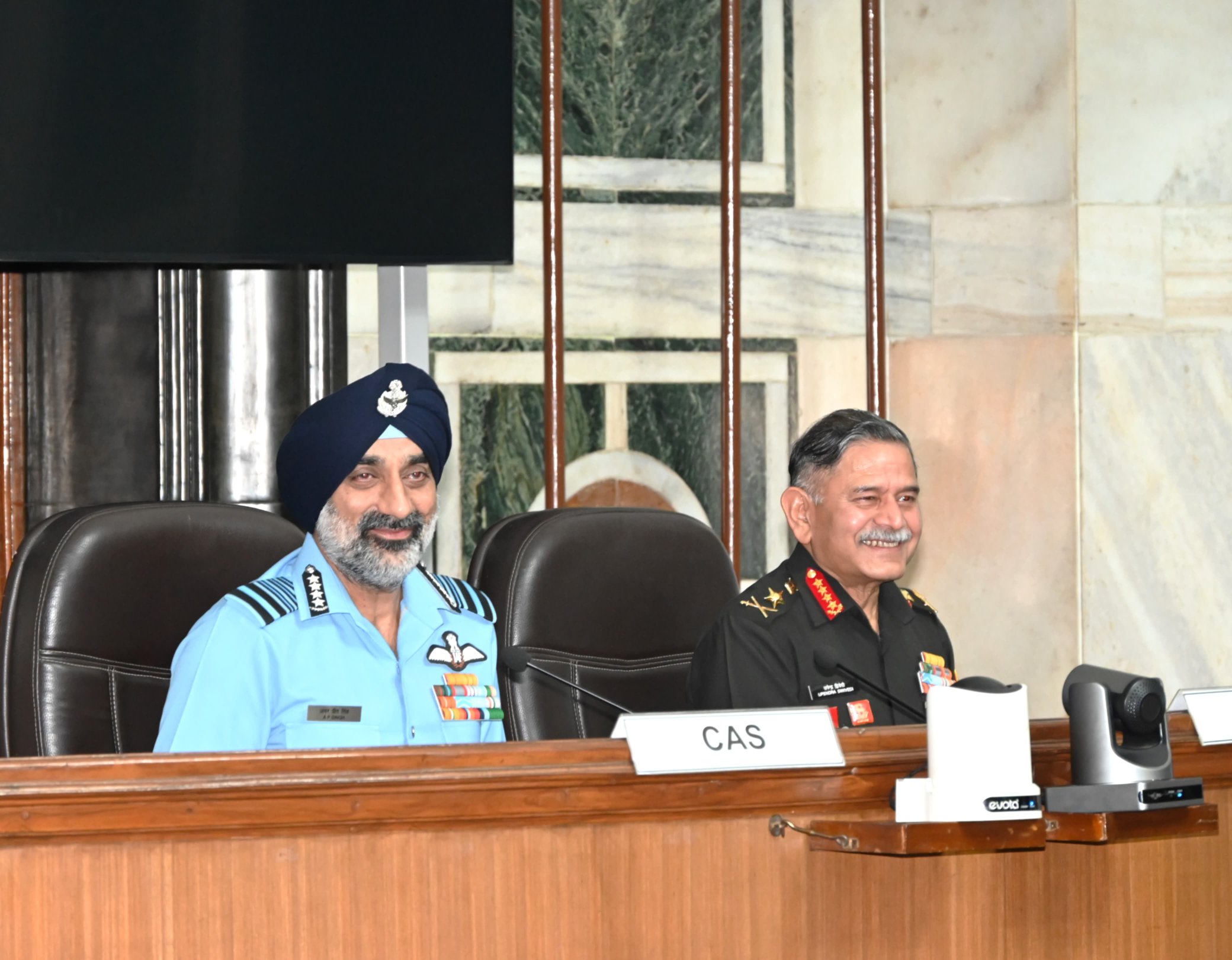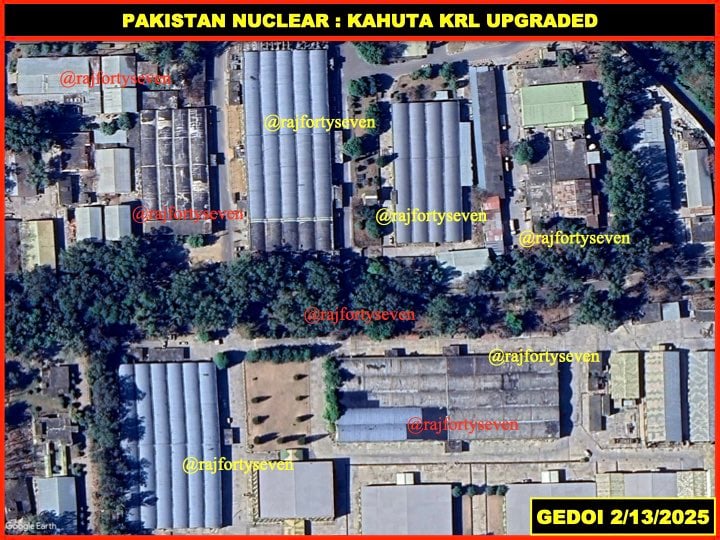India Plans to Procure 5th-Generation Fighter Jets from Allies
In a pivotal announcement, Defence Secretary Rajesh Kumar Singh has confirmed that India is actively considering the procurement of fifth-generation…
INS Nistar Delivered to Indian Navy, Boosting Indigenous Deep-Sea Rescue Capabilities
Marking a major step in India’s naval self-reliance, the Indian Navy has officially inducted INS Nistar, the country’s first indigenously…
India Clears Two Nuclear Attack Submarines with Hypersonic Missiles Under Project-77
In a major leap for India’s naval strike capabilities, the government has cleared the development of two nuclear-powered attack submarines…
US F-16 Pilot Reveals How a 30-kg Decoy Fooled Pakistan During Operation Sindoor
A former US Air Force F-16 pilot has hailed the Indian Air Force’s use of AI-powered technology during the recent…
Service Chiefs Unite to Outline Joint Operations Strategy for Future Warfare
In a rare and significant development, the chiefs of India’s Army, Navy, and Air Force came together today to jointly…
Pakistan Stockpiling Excess Nuclear Fuel at Kahuta, Claims Retired Indian Army Colonel
In a development that has triggered fresh security concerns in the subcontinent, Pakistan is reportedly accumulating nuclear fuel in quantities…

